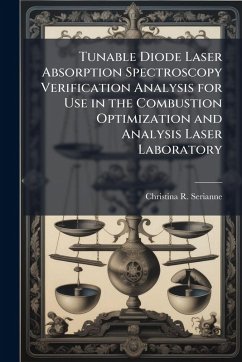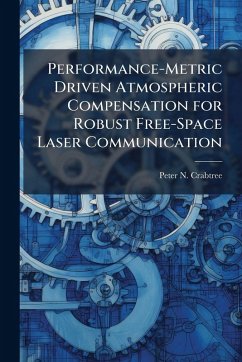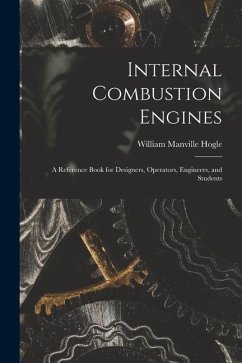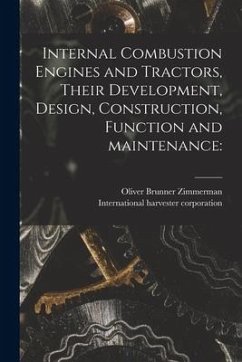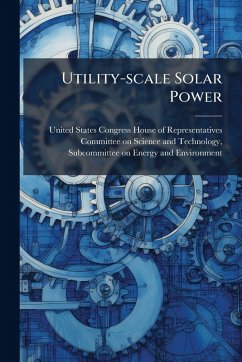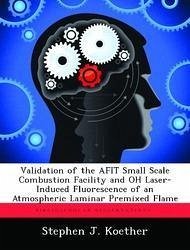
Validation of the AFIT Small Scale Combustion Facility and OH Laser-Induced Fluorescence of an Atmospheric Laminar Premixed Flame
Versandkostenfrei!
Versandfertig in über 4 Wochen
15,99 €
inkl. MwSt.

PAYBACK Punkte
8 °P sammeln!
Construction in the AFIT combustion facility is complete and the objective of this report is to explain the steps taken to make the laboratory operational. The infinite radius Ultra-Compact Combustor (UCC) sectional model has been delivered and is fully installed with all fuel, air and instrument lines. Every major system in the lab has been tested and is functioning properly. Laboratory operating procedure has been established to ensure both safety and continuity in experimental results. Finally, the lab has been certified through official safety channels and combustion experiments are underw...
Construction in the AFIT combustion facility is complete and the objective of this report is to explain the steps taken to make the laboratory operational. The infinite radius Ultra-Compact Combustor (UCC) sectional model has been delivered and is fully installed with all fuel, air and instrument lines. Every major system in the lab has been tested and is functioning properly. Laboratory operating procedure has been established to ensure both safety and continuity in experimental results. Finally, the lab has been certified through official safety channels and combustion experiments are underway. The unique capability of the AFIT combustion laboratory is the laser diagnostic system. The laser system has been configured for OH Laser-Induced Fluorescence (LIF) and initial experiments were performed on a premixed, laminar flame produced by a Hencken burner. The LIF methods accurately measured the OH concentration and temperature of the flame as compared to theoretical equilibrium flame data with an overall system uncertainty of approximately 2.5%. Therefore, the laser system has been calibrated and is ready for future use. This work has been selected by scholars as being culturally important, and is part of the knowledge base of civilization as we know it. This work was reproduced from the original artifact, and remains as true to the original work as possible. Therefore, you will see the original copyright references, library stamps (as most of these works have been housed in our most important libraries around the world), and other notations in the work. This work is in the public domain in the United States of America, and possibly other nations. Within the United States, you may freely copy and distribute this work, as no entity (individual or corporate) has a copyright on the body of the work. As a reproduction of a historical artifact, this work may contain missing or blurred pages, poor pictures, errant marks, etc. Scholars believe, and we concur, that this work is important enough to be preserved, reproduced, and made generally available to the public. We appreciate your support of the preservation process, and thank you for being an important part of keeping this knowledge alive and relevant.




